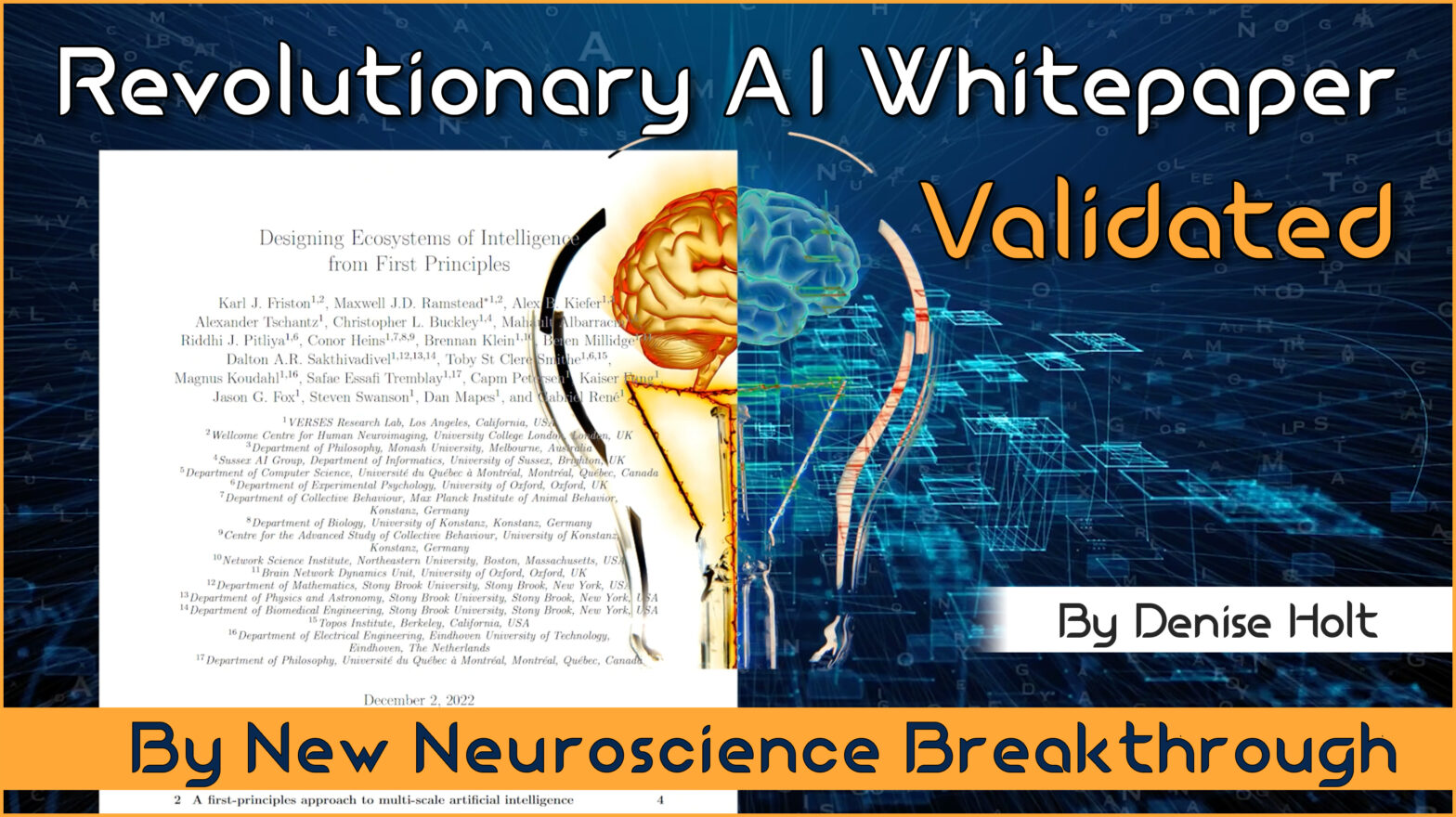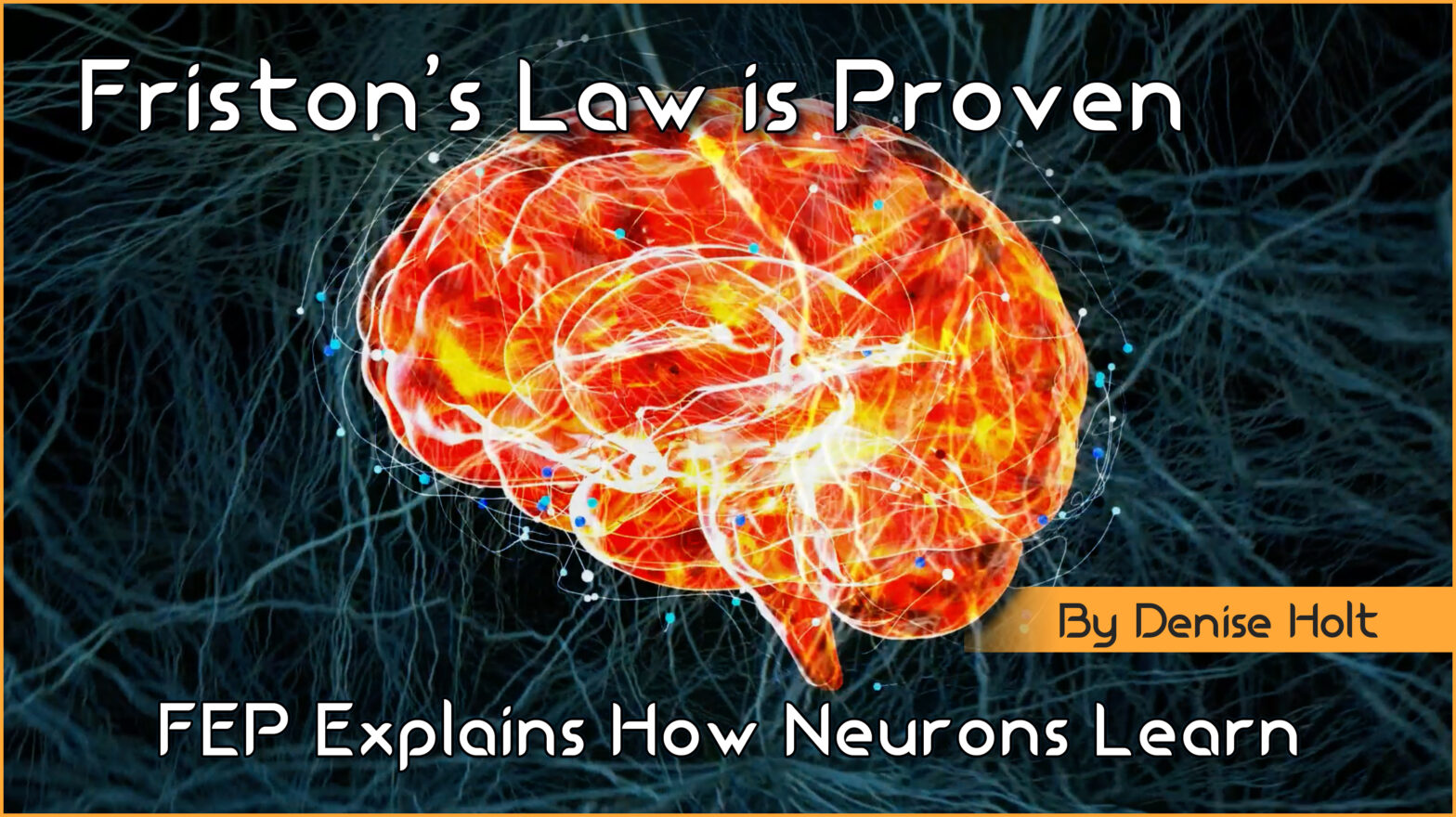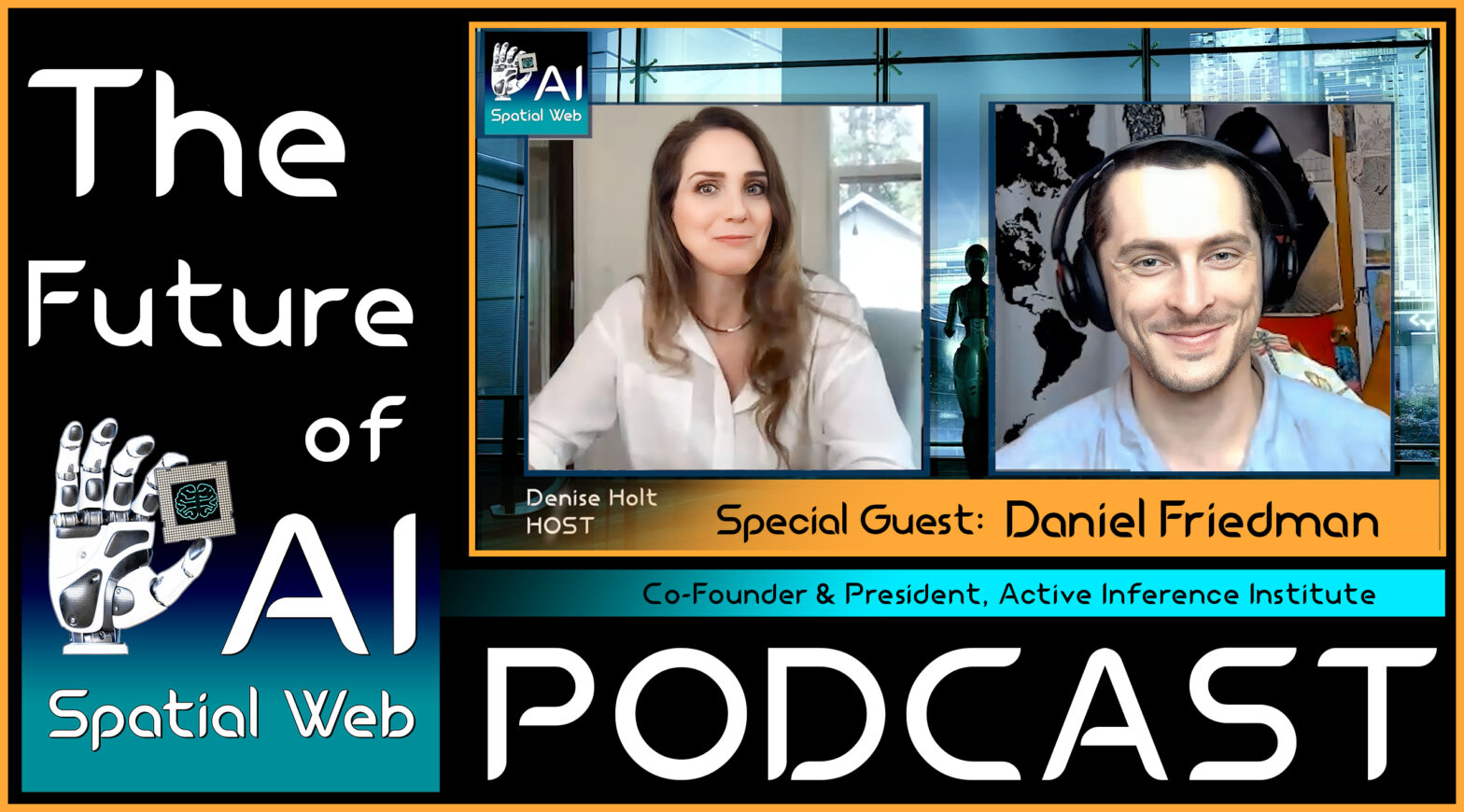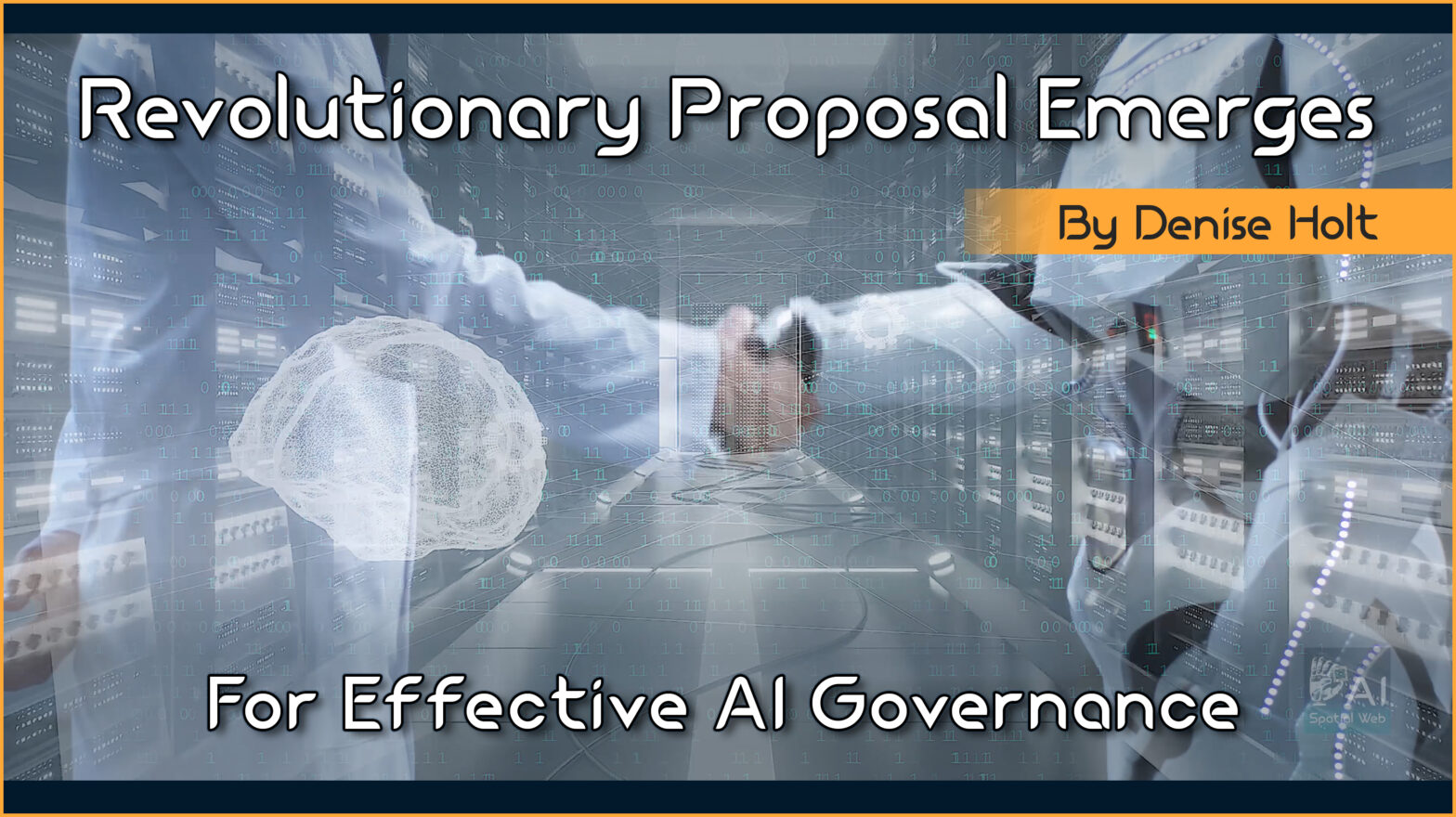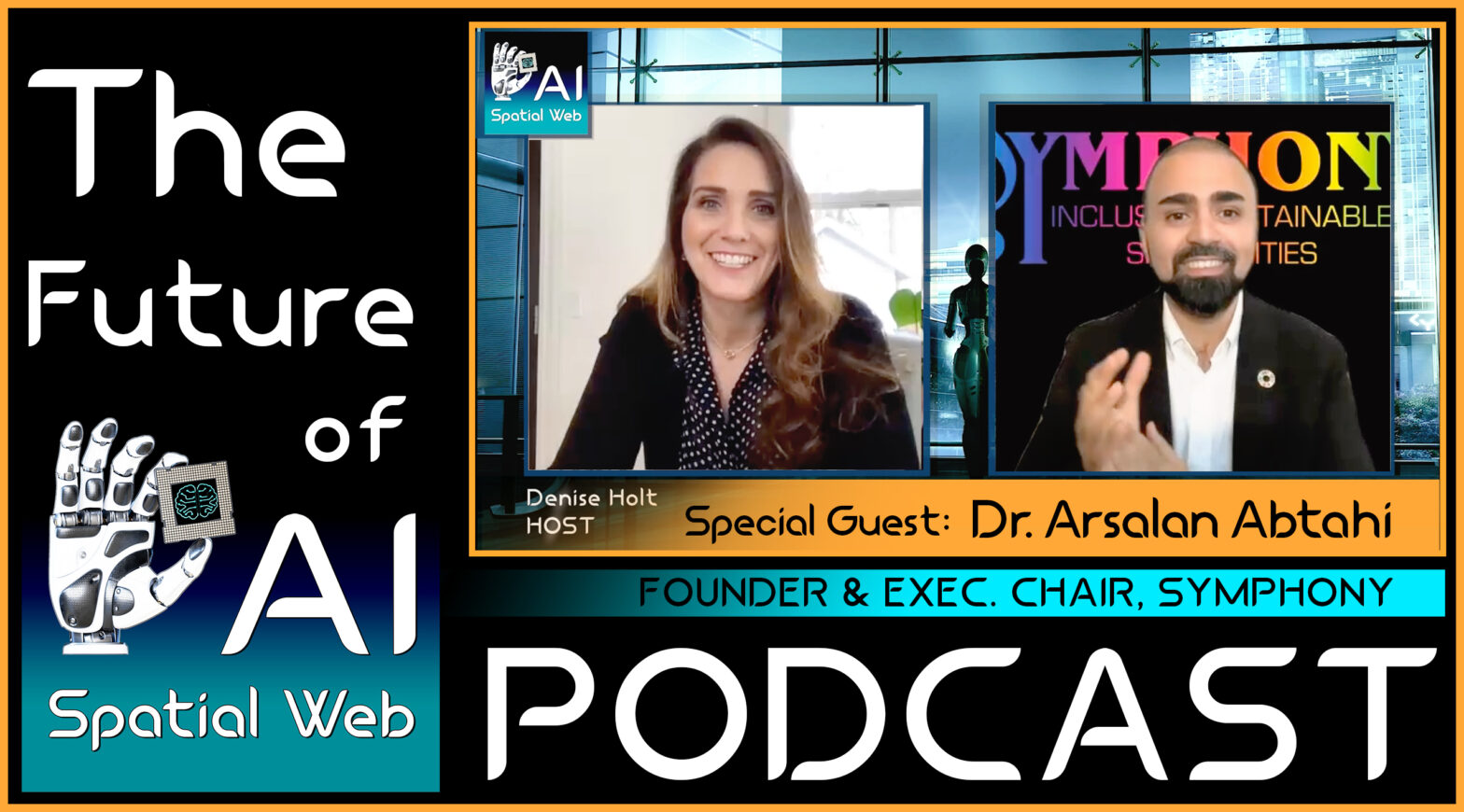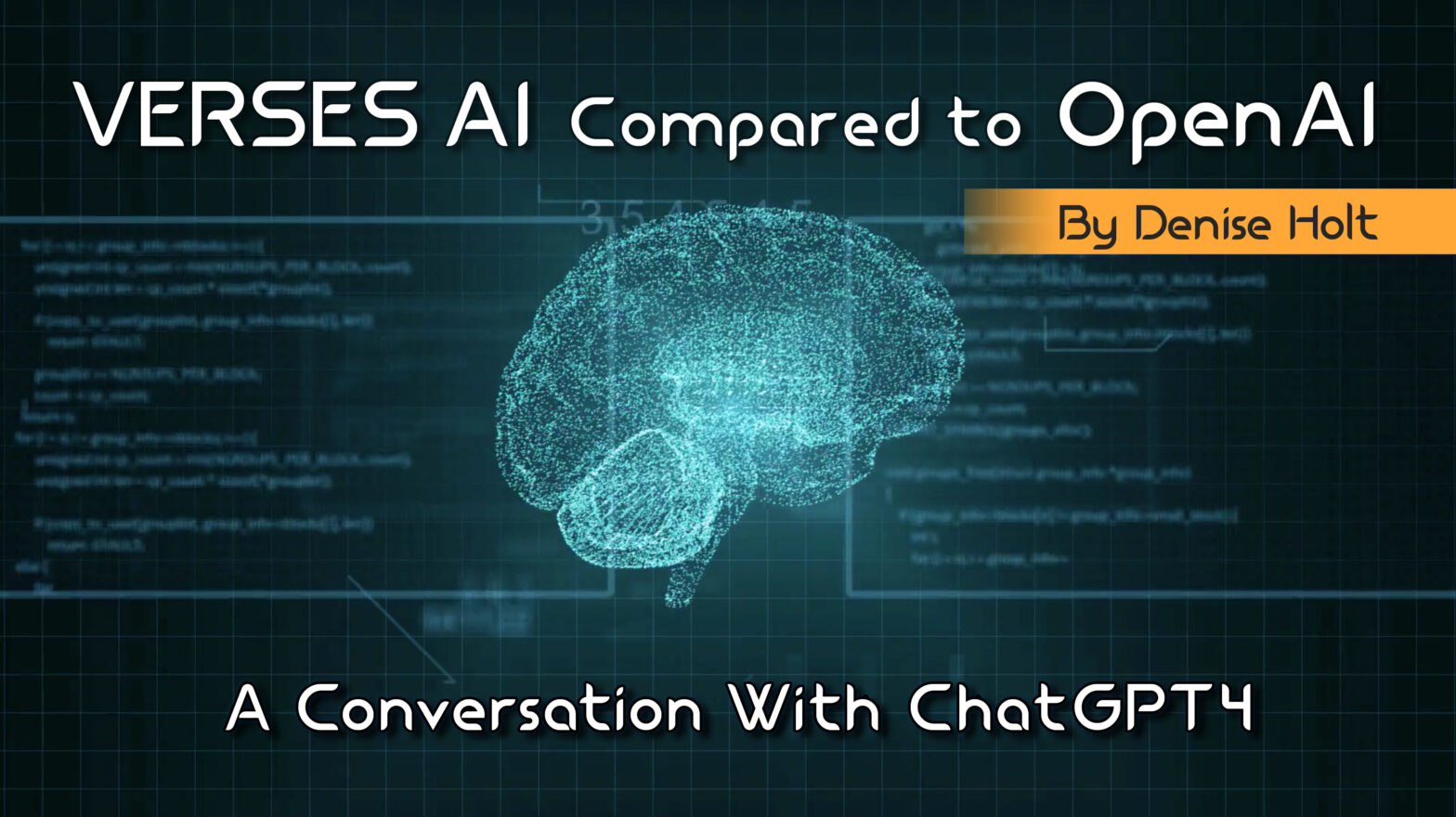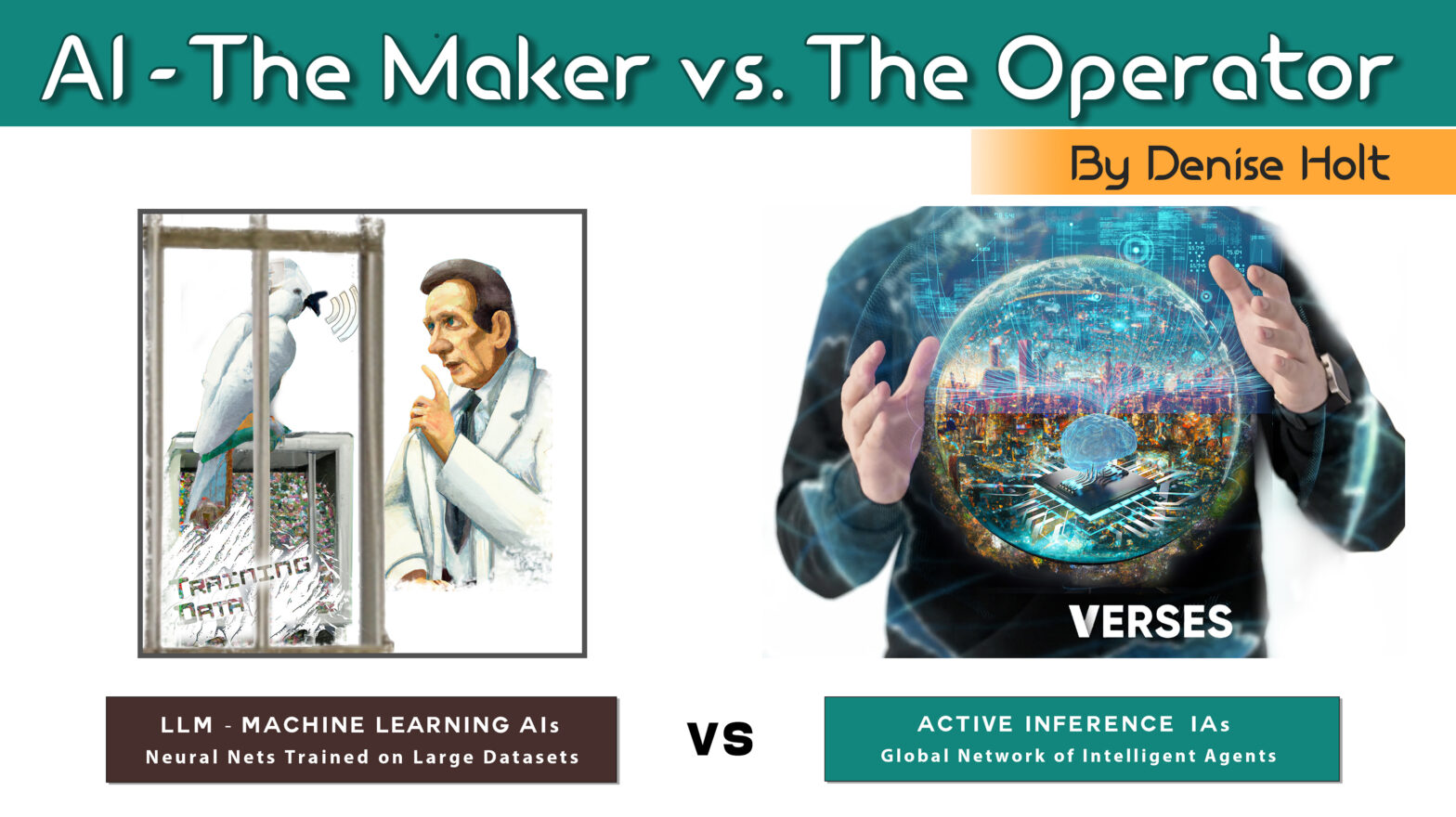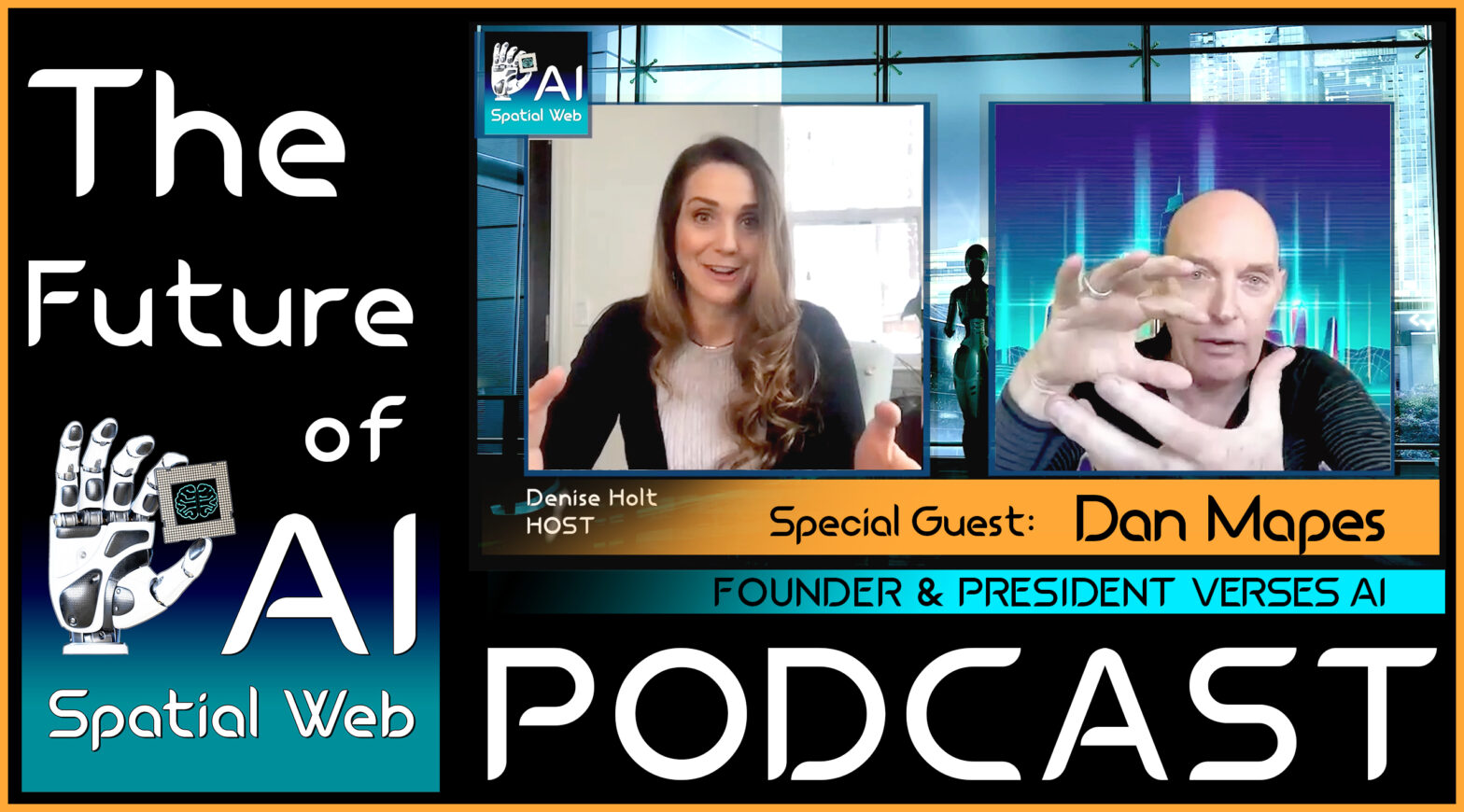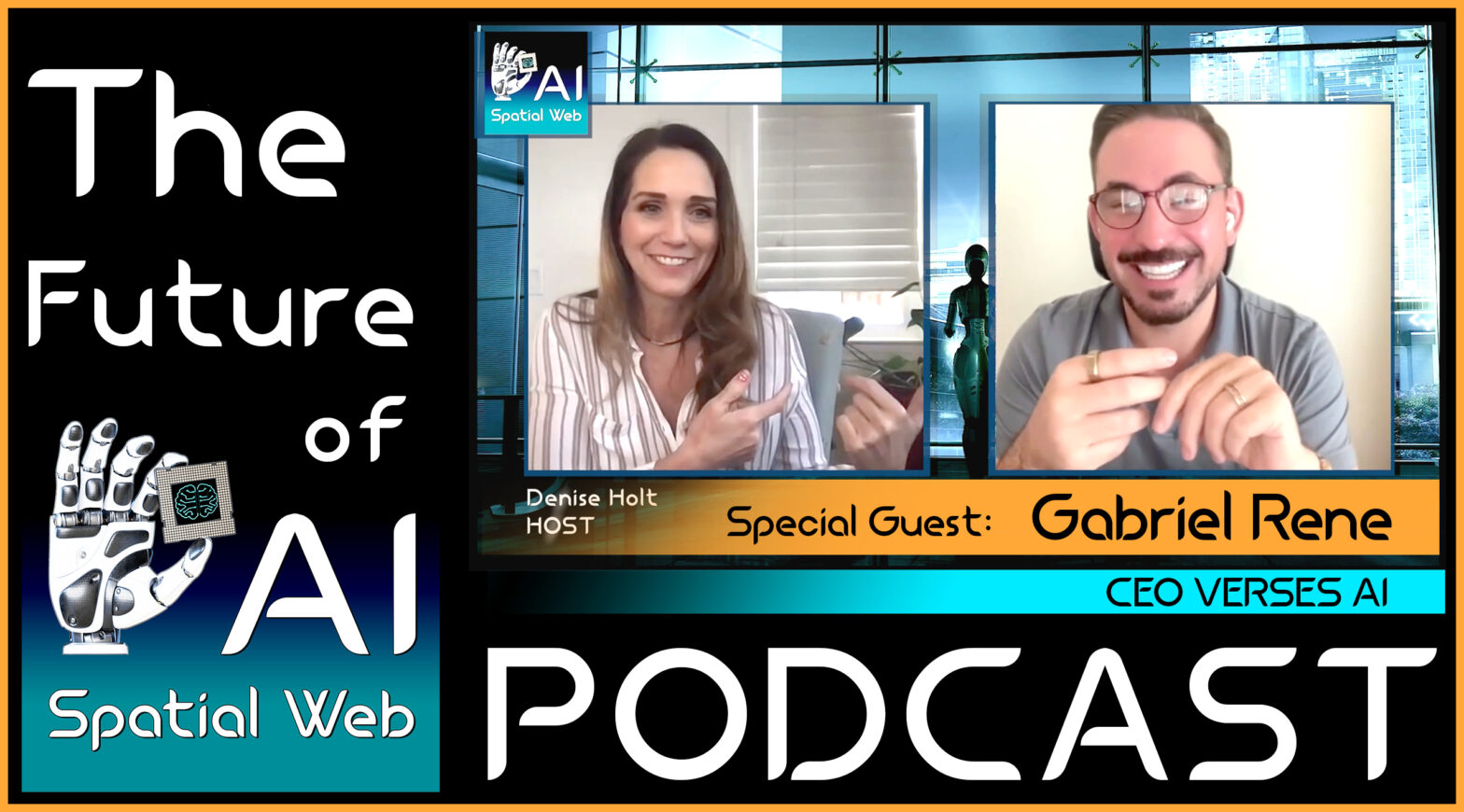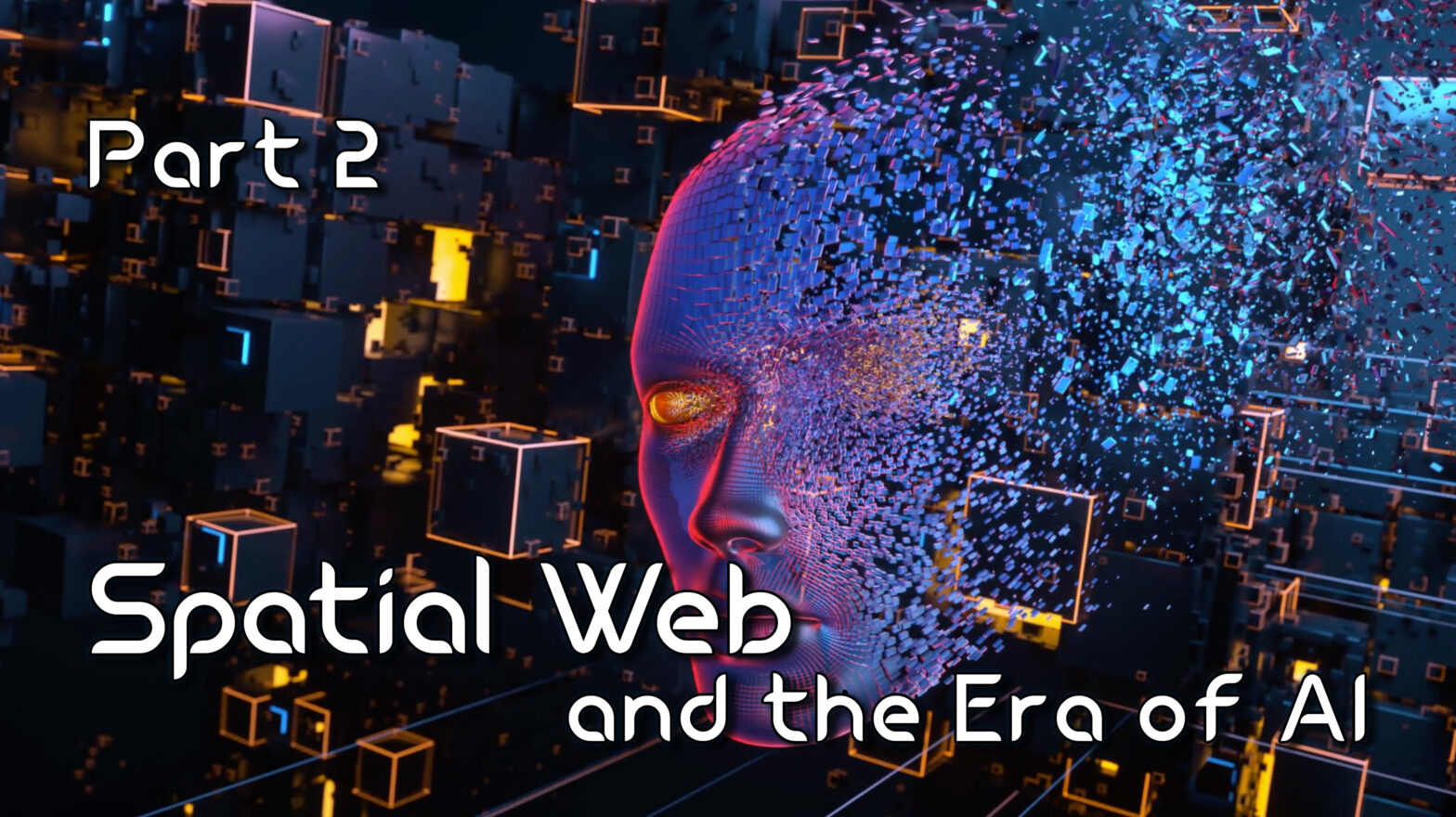“What you’re about to see is akin to, I believe, a moment like the launch of the first rocket or the Kitty Hawk moment…So I want you to think about that moment when you first saw something completely new in technology.”
– Gabriel Rene, CEO VERSES AI
…Artificial intelligence is at a critical juncture in its evolution, and today’s LIVE demonstration of VERSES AI’s “Genius™” AI platform showcases a promising new direction for the field. In this presentation, CEO Gabriel Rene and his team provided a first look at how Genius™ is redefining the future of AI through its innovative approach rooted in Active Inference, First Principles AI, and Shared Intelligence.


